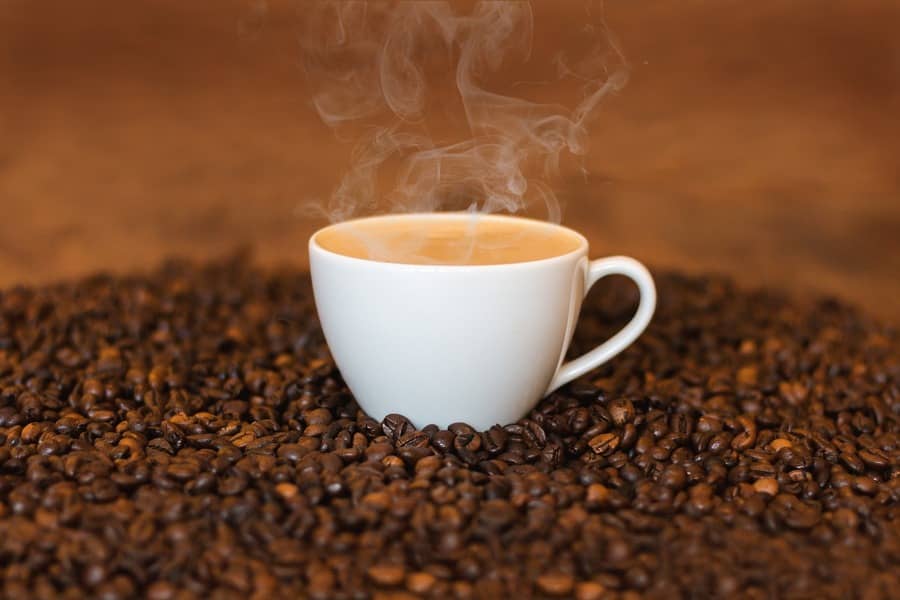Despite a still very slow pace, the flow of coffee sales in Brazil advanced a little more in November, particularly when compared to the immediately previous months. Undoubtedly, the rise in coffee prices served as an impetus for negotiations. Besides, a better assessment of the committed volume, after the completion of deliveries of forward negotiations, helps to explain the commercial performance in November.
It is a fact that the prices charged in the domestic physical market are more attractive to sellers. The high in international coffee prices and the very firm dollar mark this improvement in prices. Just to give an idea, good cup from the south of Minas Gerais reached the highest deflated level since December 1999 when it was indicated at BRL 1,440 per 60-kg bag. Moreover, the purchasing power of a coffee bag is the greatest in 22 years. Even so, there is no anxiety amid sellers, who remain on the defensive. The withdrawal of sellers has sometimes forced needy buyers to be more aggressive. There is also a wider spread between bids and offers, which further hinders trading.
Even so, until December 7, sales of the 21/22 crop reached 78% of the expected production, according to SAFRAS’ monthly monitoring. Sales flow continues above the same period last year, when 74% of the crop had been sold by growers. It is also well above the 5-year average for the period, which is around 70% of production.
Arabica sales account for 75% of Brazil’s 2021 crop, slightly above the same period last year, when it reached 74%, but well above the 5-year average for the period (69%). Conillon sales, in turn, reached 82% of Brazil’s 2021 crop, against 74% sold in the same period last year and 70% on the five-year average for the period.
Sellers, especially arabica, must remain restrained. Growers usually slow down sales a little in December, for fiscal reasons, such as the income tax. In addition, prices are expected to keep rising, given the very short supply available and the advance of the off-season. Not to mention the doubts about Brazil’s 2022 crop. The idea is that sales will continue from hand to mouth at least until the beginning of 2022. In this case, there will only be a more significant change in the sellers’ attitude in the face of a sharper drop in coffee prices. Conillon, due to the earlier crop arrival compared to arabica and the potential for an increase in Brazil’s 2022 crop, perhaps has a little more selling interest in early 2022.

